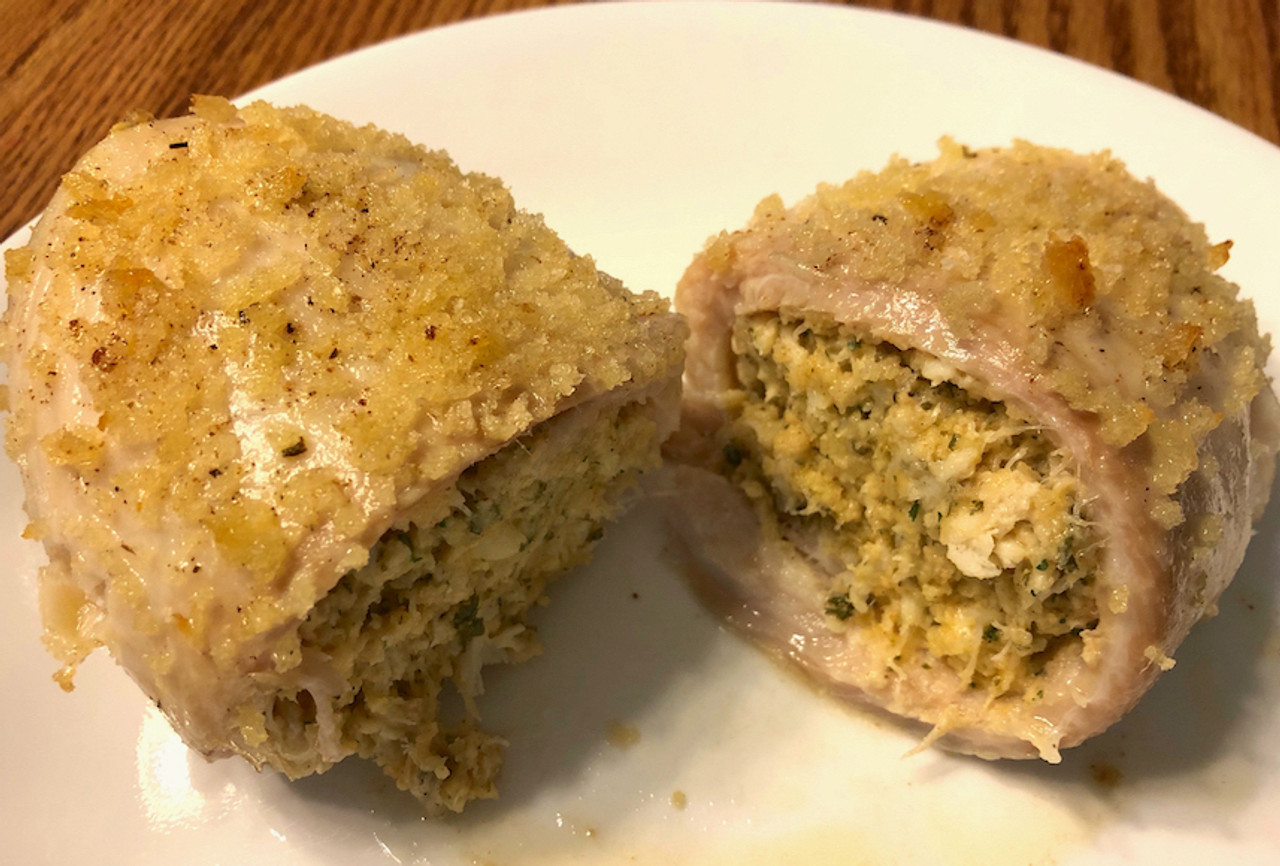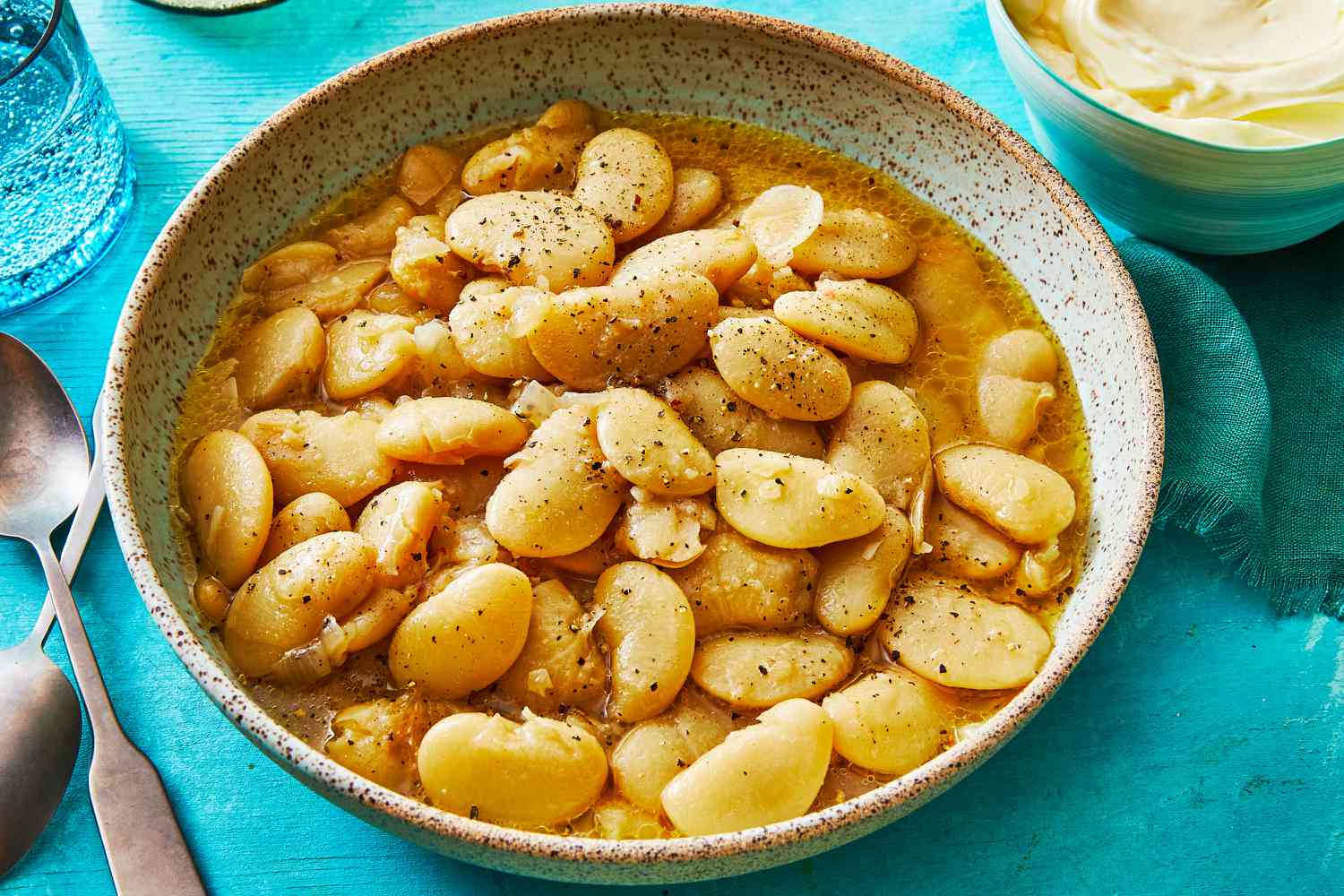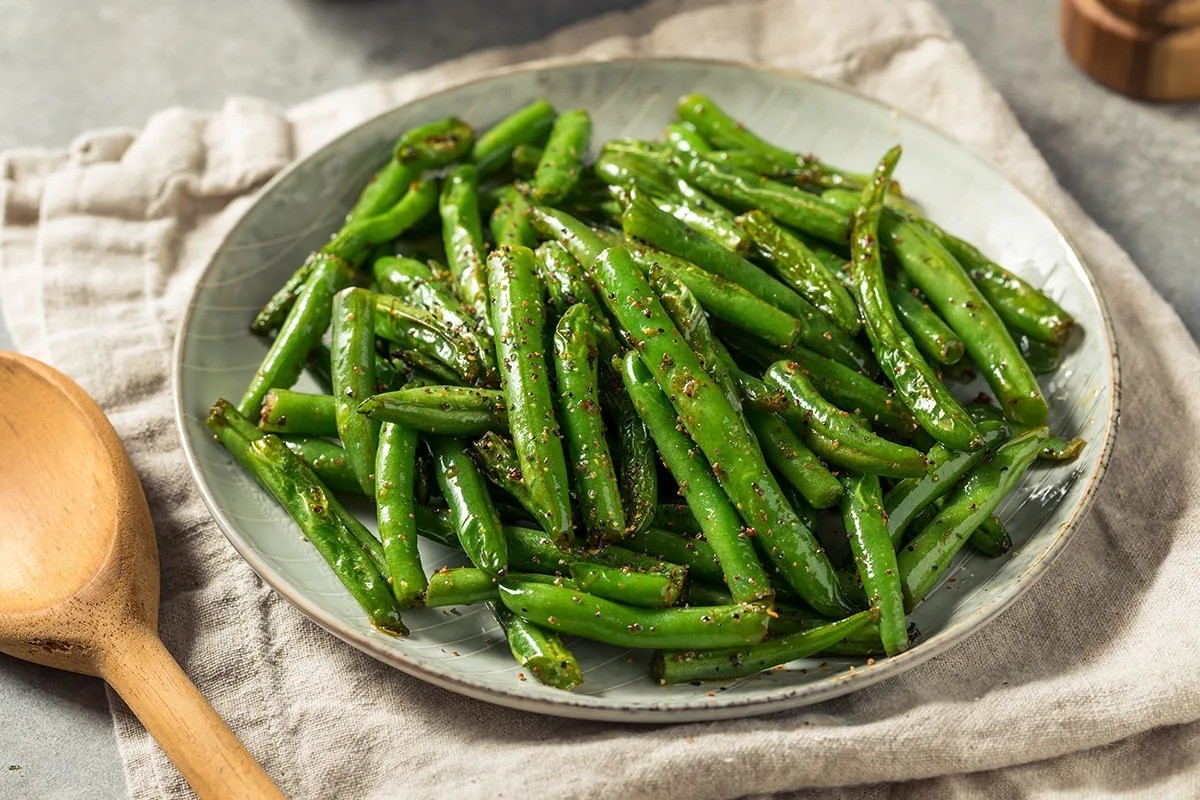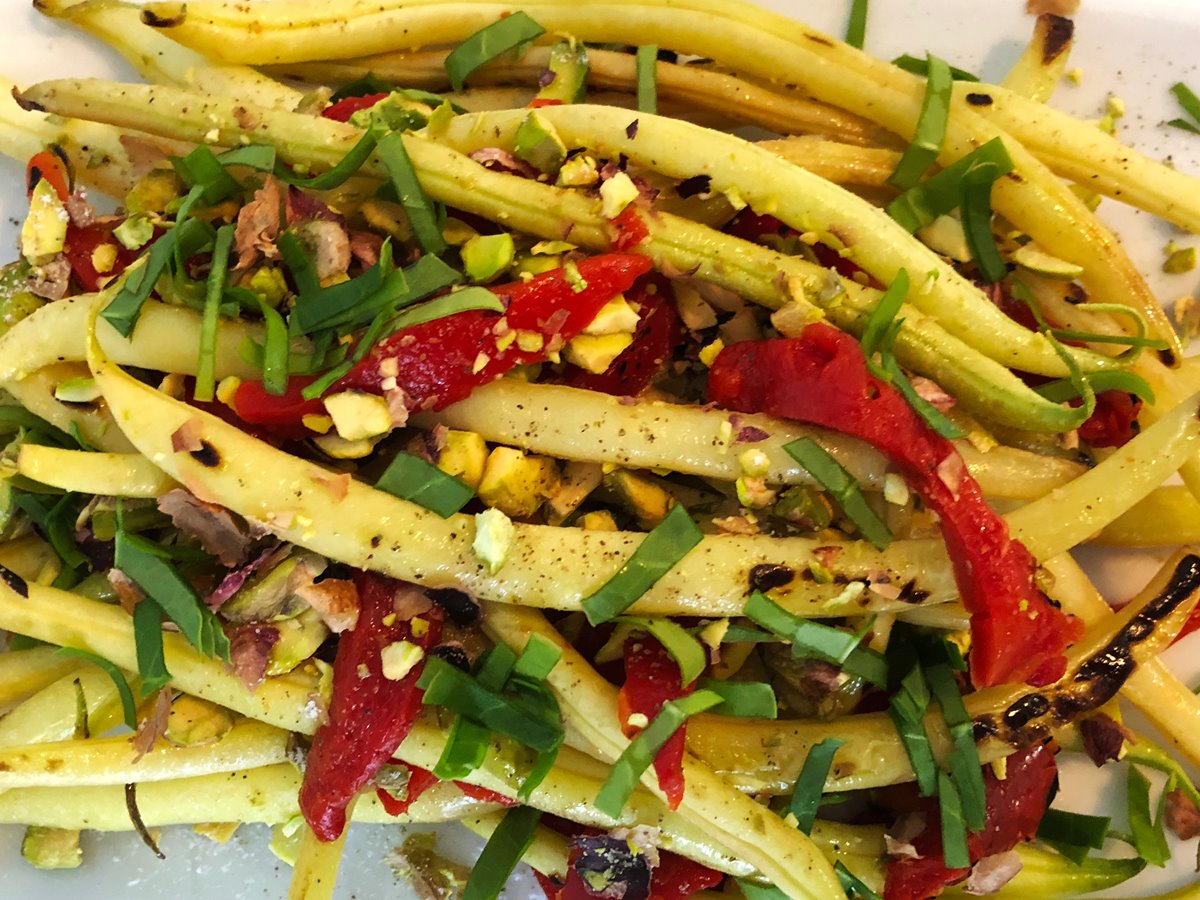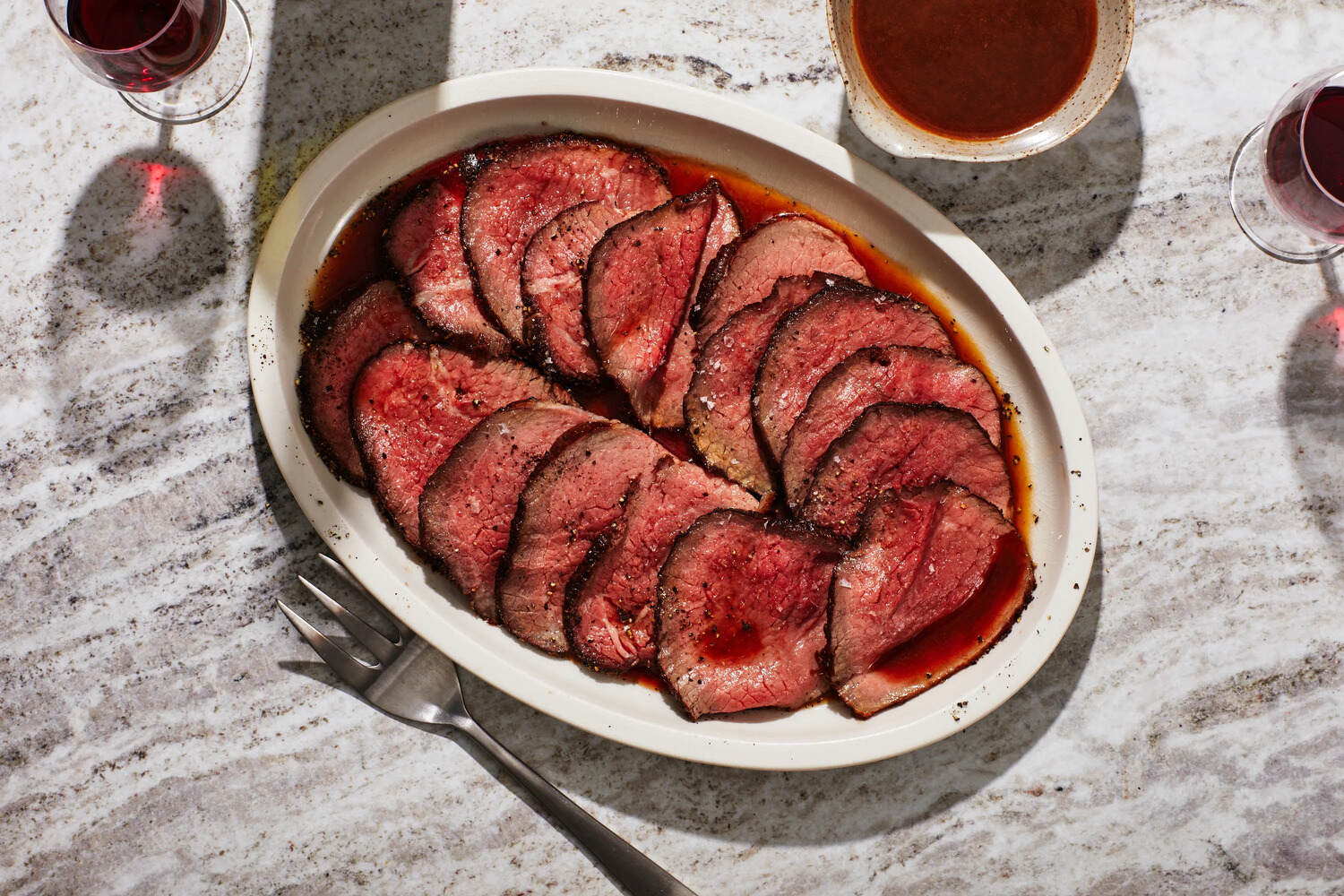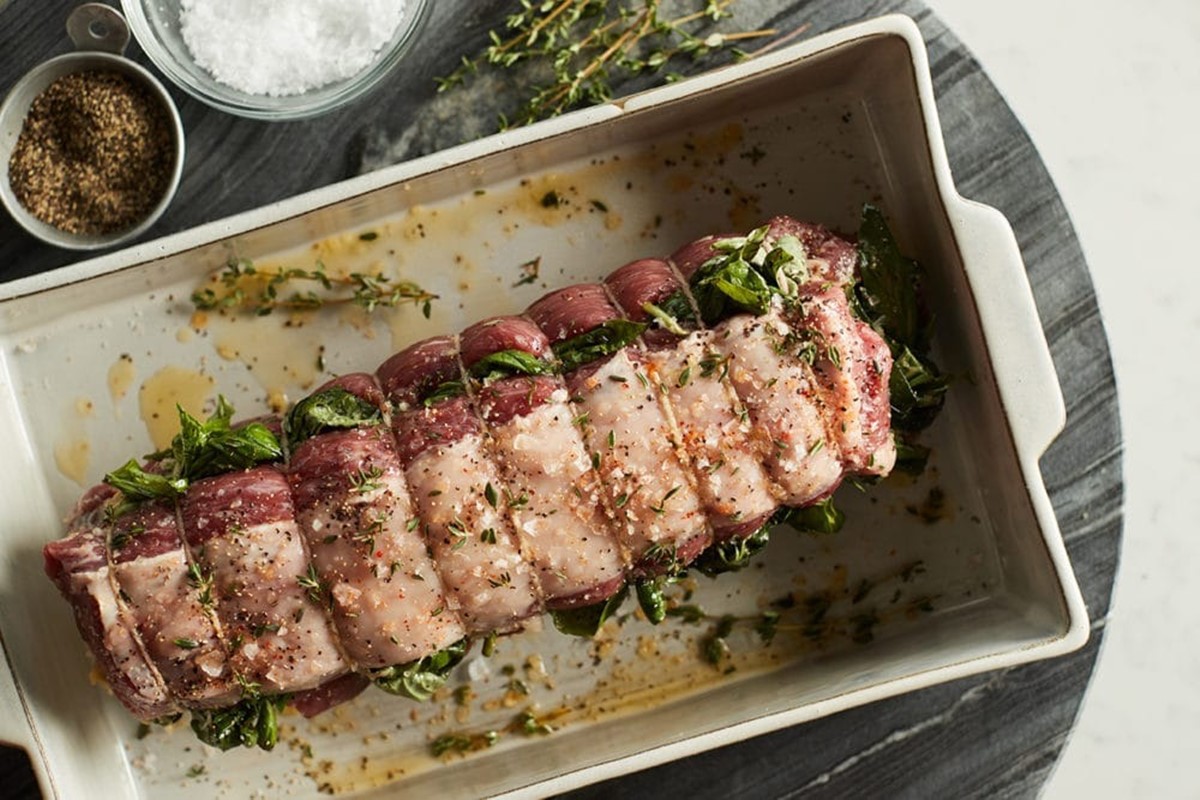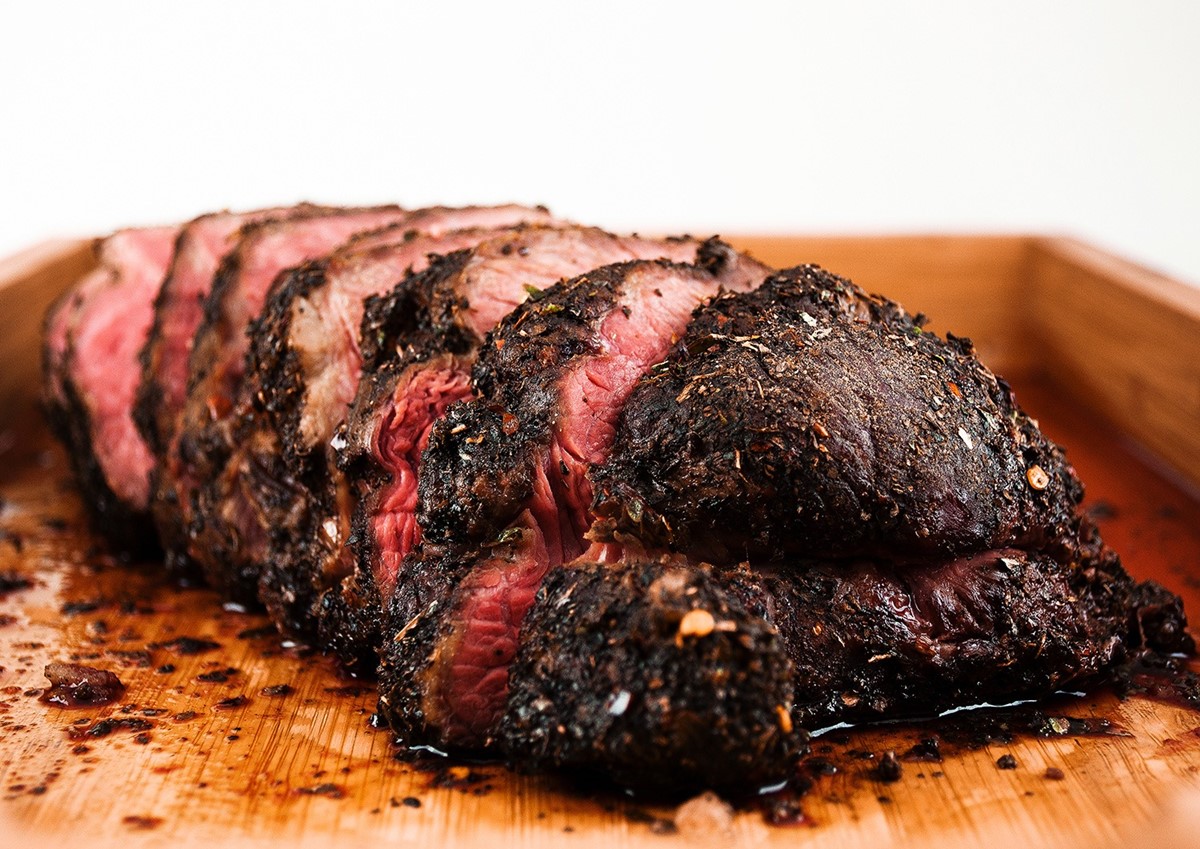Mastering the Art of Cooking Canned Oysters
Are you a seafood enthusiast looking to explore new culinary possibilities? Look no further than canned oysters! These versatile and convenient delights can be transformed into a wide range of delectable dishes. Whether you’re a seasoned cook or a beginner in the kitchen, this guide will help you unlock the secrets to cooking canned oysters like a pro.
Gather Your Ingredients
Before diving into the cooking process, it’s important to assemble all the necessary ingredients. Here’s what you’ll need:
- Canned oysters
- Olive oil or butter
- Garlic cloves, minced
- Fresh herbs (such as parsley or thyme)
- Lemon juice or white wine (optional)
- Salt and pepper to taste
Preparing the Oysters
The first step in cooking canned oysters is to drain and rinse them thoroughly. This helps remove any excess brine or liquor from the can. Once rinsed, pat them dry with a paper towel to ensure optimal flavor absorption during the cooking process.
Choose Your Cooking Method
There are various ways to cook canned oysters, depending on your preference and the dish you intend to create. Here are three popular methods:
- Sautéing: Heat a tablespoon of olive oil or butter in a pan over medium-high heat. Add minced garlic and sauté until fragrant. Gently place the oysters in the pan and cook for 2-3 minutes per side or until they become opaque. Sprinkle fresh herbs, salt, and pepper for added flavor.
- Grilling: Preheat your grill to medium-high heat. Brush the oysters with olive oil and place them directly on the grill grates. Cook for 2-3 minutes per side or until they are firm and slightly charred. Squeeze some lemon juice or drizzle white wine over the oysters to enhance their natural taste.
- Deep-frying: In a deep fryer or a pot filled with oil, heat it to 375°F (190°C). Dip the oysters in a batter of your choice, ensuring they are fully coated. Gently lower the oysters into the hot oil and fry until golden brown, approximately 2-3 minutes. Allow them to drain on a paper towel to remove excess oil.
Enjoying Your Culinary Creation
Now that you’ve cooked your canned oysters using one of the methods above, it’s time to savor your masterpiece. There are various ways to enjoy your culinary creation:
- Serve the sautéed oysters over a bed of pasta or alongside a fresh salad for a wholesome meal.
- Grilled oysters are best enjoyed straight from the grill, but you can also add them to a seafood paella or stir them into a tasty risotto.
- Deep-fried oysters can be served as an appetizer with a side of cocktail or tartar sauce, or as a main course alongside crispy fries.
Remember, culinary experimentation is part of the fun! Feel free to add your own twist, combining flavors and textures to create a dish that suits your taste buds.
Final Thoughts
Now that you’ve mastered the art of cooking canned oysters, the possibilities are endless. From sautéing to grilling and deep-frying, these succulent morsels can elevate your culinary repertoire to a whole new level. So, go ahead, grab a can of oysters, and let your creativity soar as you embark on a delicious seafood adventure!
More Delicious Ways to Enjoy Canned Oysters
Now that you've mastered the basics of cooking canned oysters, it's time to put your skills to the test with these enticing recipes. From the comforting warmth of a Classic Oyster Stew to the crispy delight of a Crispy Oyster Po' Boy Sandwich, there is a dish for every palate. For a creative twist, try the Oyster Fritters with Spicy Dipping Sauce, which pairs perfectly with the bold flavors of the sauce, offering a crunchy texture that is simply irresistible. If you're in the mood for something rich and fulfilling, the Creamy Oyster and Spinach Pasta is highly recommended. It combines the smooth, creamy texture of the pasta with the distinctive taste of oysters, creating a dish that's both luxurious and comforting. Each recipe is designed to enhance your culinary repertoire while making the most of the simple canned oyster.
Was this page helpful?
Read Next: How To Cook Canned Sweet Corn
